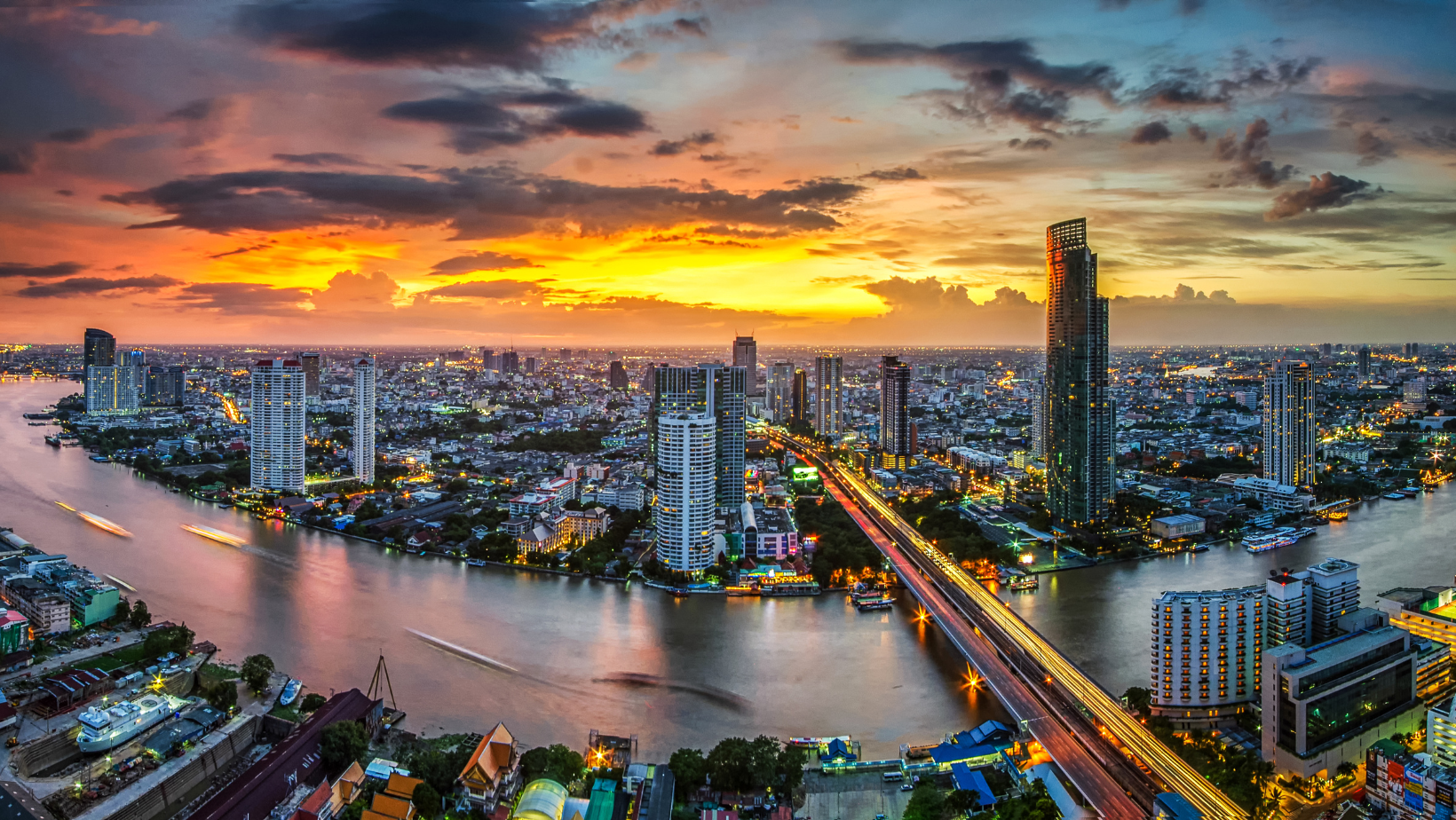Did you know that Bangkok, the bustling and vibrant capital of Thailand, was once referred to as “The Venice of the East”? This might come as a surprise to those who know the city for its modern skyscrapers, bustling streets, and infamous traffic jams. However, a rich history of canals, known as “khlongs,” once defined the city’s transportation and landscape.

Early Canal Development in Ayutthaya
The roots of Bangkok’s canal system trace back to the city of Ayutthaya, the former capital of the Kingdom of Siam, around 1350. Canals were initially constructed to shorten trade routes and facilitate commerce. One of the earliest canals, Khlong Maha Phram, connected with the Chao Phraya River, streamlining trade and transportation within the city.
As Ayutthaya prospered from international trade, merchants sought faster access to the city. They voiced their frustrations about the long loops in the meandering Chao Phraya River, and it became clear that shortcuts were needed to expedite travel.
The Birth of Bangkok’s Canals
The transformation of Bangkok’s canal system began when King Chaiyarachathirat ordered the construction of the first major shortcut canal in the small village of Bangkok. Completed in 1552, this canal eliminated a 15-kilometer loop of the river, diverting its waters and reshaping the city’s landscape. The original river channel is now known as Khlong Bangkok Noi.
Over the centuries, additional canals were constructed, such as Khlong Lat Kret Noi and Khlong Lat Pho, aimed at improving transportation and trade routes, as well as enhancing communication within the city.
Building Defenses and Expanding the City
In 1767, Ayutthaya was razed by the Burmese, leading to a shift in the capital to Thonburi. The new capital faced the challenges of defense and the need for improved communications. King Taksin initiated the construction of defensive walls and a moat, which included Khlong Khu Mueng Doem, a canal that served as part of the city’s outer defenses.
When King Phra Phuttayotfa (Rama I) ascended to the throne in 1782, he moved the capital across the river to the location of present-day Bangkok. He ordered the excavation of Khlong Rop Krung, an outer moat that expanded the city’s boundaries and laid the foundation for its future growth.

The Role of Canals in European Trade and Development
As trade with Europe flourished in the 19th century, European merchants in Bangkok faced challenges navigating the winding Chao Phraya River. They proposed the construction of Khlong Thanon Trong (now Khlong Hualampong), a canal that not only expedited trade but also facilitated road building. The excavation of this canal led to the development of Rama IV Road.
European complaints prompted a wave of road construction and canal development projects, resulting in the formation of commercial districts like Silom Road and Sathorn Road.
Irrigation and Agricultural Expansion
While canals had initially served transportation and defense purposes, they later played a vital role in the expansion of agricultural activities in Siam. The Bowring Treaty of 1855 opened up trade, prompting Siam to turn to cash crops like sugar cane and rice. Major canals such as Khlong Mahasawat, Khlong Phasi Charoen, and Khlong Damnoen Saduak were constructed to support this burgeoning agricultural industry.
Modern Challenges: Traffic Jams and Urban Development
Fast forward to the 20th century, and Bangkok had transformed from a small city into a sprawling metropolis. Many of the old canals were filled in to accommodate the modern road network, inadvertently creating a road system that mirrored the canal layout. While this preserved the historical layout, it also contributed to the city’s notorious traffic congestion.
In cities like New York and Tokyo, a significant portion of the area is allocated to roads, easing traffic flow. However, Bangkok allocates just 8% of its area to roads, exacerbating its traffic woes.

A Return to the Canals
Interestingly, even in the 21st century, canal boats offer one of the quickest ways to navigate across Bangkok. By embracing the city’s oldest means of transport, commuters can bypass the gridlocked streets and enjoy a glimpse of the city’s historic waterways.
Bangkok’s canal history, once earning it the moniker “The Venice of the East,” serves as a fascinating backdrop to the modern city we know today. While the canals may have faded from the forefront of Bangkok’s identity, their legacy lives on in the city’s unique urban layout and ongoing challenges with traffic congestion.



